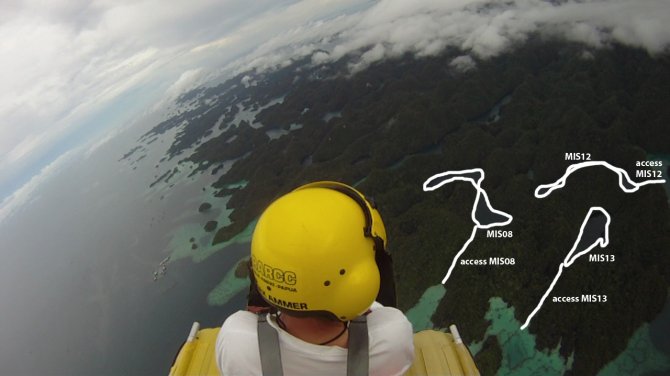
News
First organisms in marine lakes can ward off newcomers
A ‘first come, first served’ mechanism exists in the marine lakes of Indonesia. Organisms that enter a lake are able to ward off newcomers. This leads to populations that are segregated, even if there is no physical barrier preventing them from mixing. This is shown by research conducted by Wageningen University & Research.
These new results are relevant because of the continuous changes in coastal systems caused by humans, that could result in new barriers that further segregate populations. To protect coastal ecosystems and endangered species, it is of paramount importance these populations remain connected.
Origination of species
Beside isolated populations, the marine lakes also harbour a unique genetic diversity. 'Imagine the sea as an enormous bathtub', says researcher Christiaan de Leeuw of Wageningen University & Research. 'Because everything is interconnected, it is very difficult to see patterns. The marine lakes are young and isolated, which is why the origination of species is easily seen.'

This is why the researchers recommend the lakes are incorporated into the protected marine areas in Raja Ampat, Indonesia. This is particularly important as an increasing number of tourists visits the area, which could threaten these yet unspoiled ecosystems.
Marine lakes
The Wageningen University & Research team studies the muscle populations in 22 marine lakes. Until recently no-one knew of the existence of these lakes. They were discovered by the team using satellite images, drones and hydroplanes.
Each lake can be seen as a unique, natural experiment that has been underway for thousands of years. De Leeuw: 'They really are all different. This type of contained ecosystems is very rare in the seas'. This is one of the reasons marine lakes are increasingly popular among tourists and researchers.
This study is part of a multi-year project by dr. Lisa Becking, in collaboration with the University of Papua, Naturalis and the Berkeley University of California. Funding was provided by the Dutch Research Council (NWO) and National Geographic.